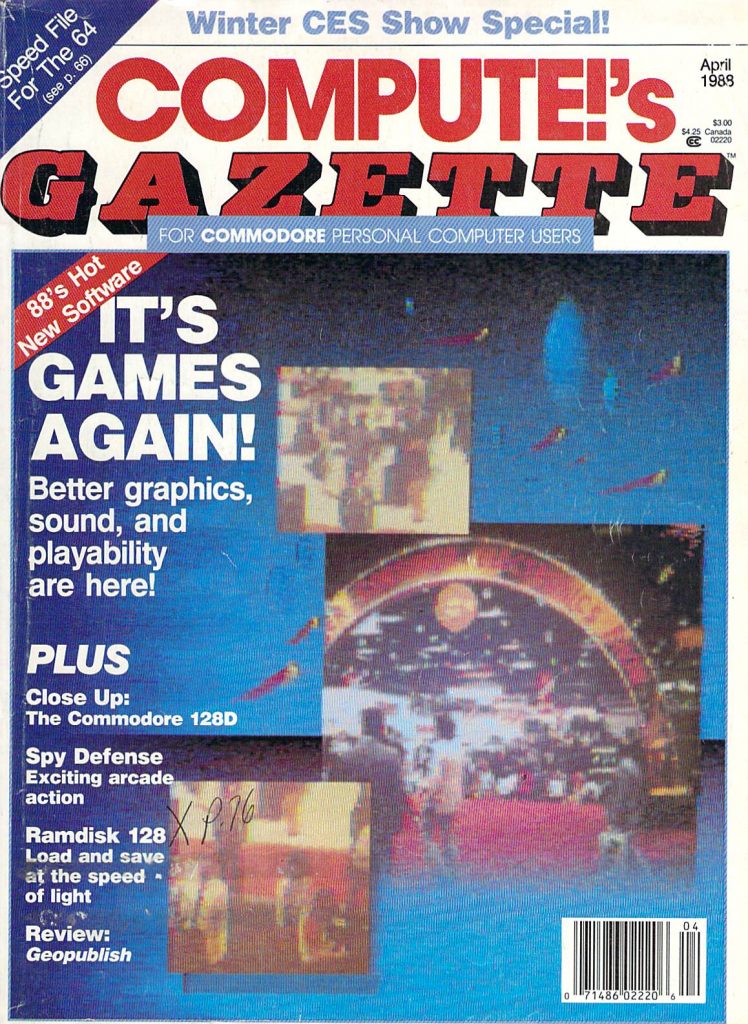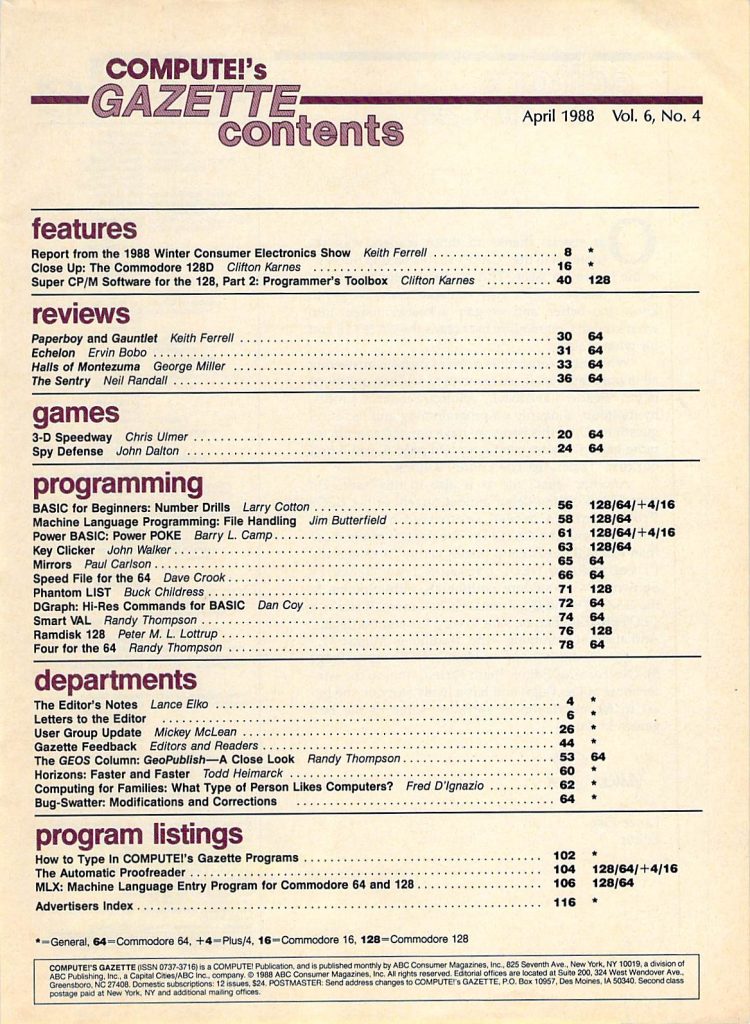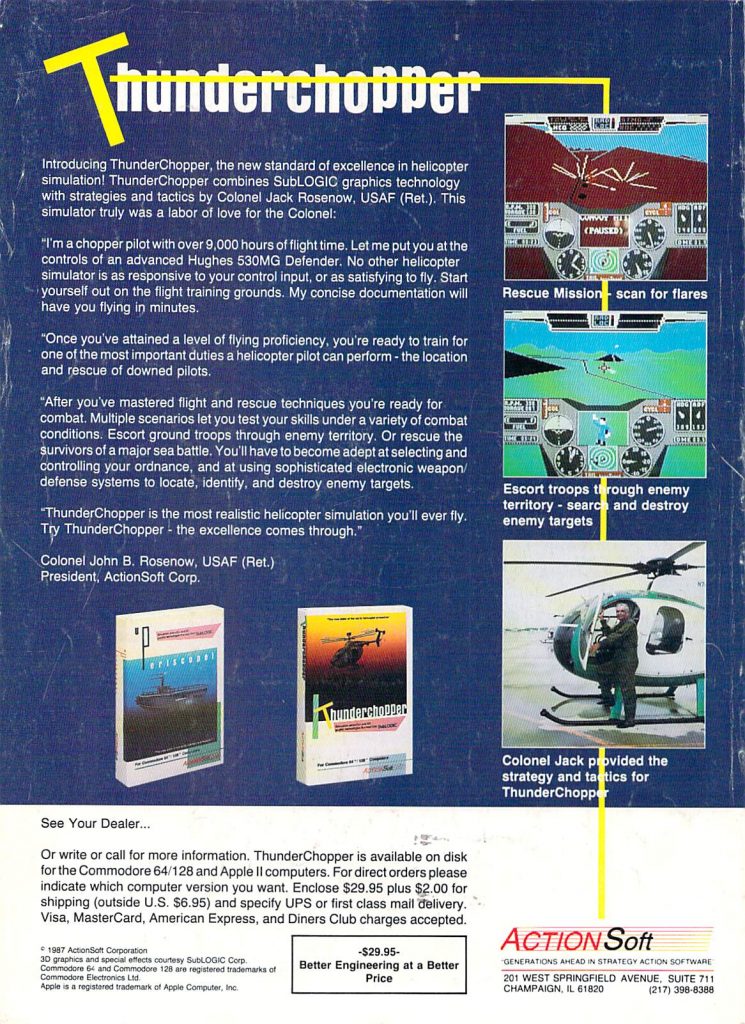
- Category Archives Commodore 64
The best selling computer model of all time
-
-
 Compute!’s Gazette (June 1990)
Compute!’s Gazette (June 1990)
Compute!’s Gazette was Compute!’s Commodore 64 spin-off magazine. It was one of the most popular Commodore 64 magazines but the June 1990 issue would be the last. However, it would continue on as a disk only publication for another 5 years. This issue includes:
Features
- Into the Crystal Ball: Software Leaders’ Outlook on the 64 – Despite its age, some publishers still report consistent sales including Virgin Mastertronic, SportsTime Computer Software, SSI, and others. However, by 1991 the game market for the C64 has pretty much collapsed with the last two major releases (in the U.S. anyway) occurring that year (Ultima VI and The Simpsons).
- Commodore Computer Shows: How to Get the Most out of Them – A guide to attending computer shows along with a list of upcoming Commodore related shows including Commodore/Amiga Users Fair, World of Commodore/Amiga (Chicago), and World of Commodore/Amiga (Toronto).
- A Guide to Commodore User Groups, Part 2 – The second part of Gazette’s annual list of user groups.
Reviews
- Search for the Titanic – This game from Capstone Software simulates the search for the Titanic.
- FaceOff! – The classic hockey game from Gamestar.
- Batman: The Movie – This Data East game is one of the few good games that are based on a movie.
- Spanada 128 – A Spanish to English translator exclusively for the Commodore 128.
Games
- Mudfrog Math – A type-in educational math game for the Commodore 128.
- Spheroids – A type-in game for the C64 in which you must collect spheres and hurl them at your opponent across uneven terrain.
Programming
- BASIC for Beginners: More on Timers – The second part of a series are creating accurate timers on the Commodore 64 in BASIC.
- The Programmer’s Page: Printer Spooling – A way to spool ASCII files from disk to the printer without tying up the computer.
- Machine Language Programming: Split Screen – A tutorial on creating a split screen and controlling each screen separately.
- Starburst Graphics – A type-in machine language program for creating high resolution Commodore 64 graphics.
- 1581 Path – A short program that allows you to access partitions on the 1581 drive similar to MS-DOS subdirectories.
- Playfields – A type in program for the Commodore 64 that allows you to create animation similar to Amiga’s dual-playfield video mode.
- Electronic Billboard – A type-in program for creating vertically scrolling messages on the Commodore 64.
Departments
- Commodore Clips – Lucasfilm offers special deal on Indiana Jones and the Last Crusade VHS and game combo, Virgin Mastertronic releases Mega Pack collection of ten games, QuantumLink offers downloadable graphics, new C64 game from Japan called Curse of Babylon, and more.
- The Editor’s Notes – Comments on the 1989 Gazette Readership Survey and recent changes to the magazine.
- Letters to the Editor – Letters from readers about a Commodore 64 TV appearance, Commodore 64 BBSes, Speedscript, genealogy software, and more.
- D’Iversions: Highways of the Future – Predictions of the future of computing including the combination of computer, TV, stereo, compact discs, and telephone.
- Horizons: Design-a-64 Contest Winners – The results of a competition involving custom Commodore 64 mods. One can be seen on the cover.

…and more!






